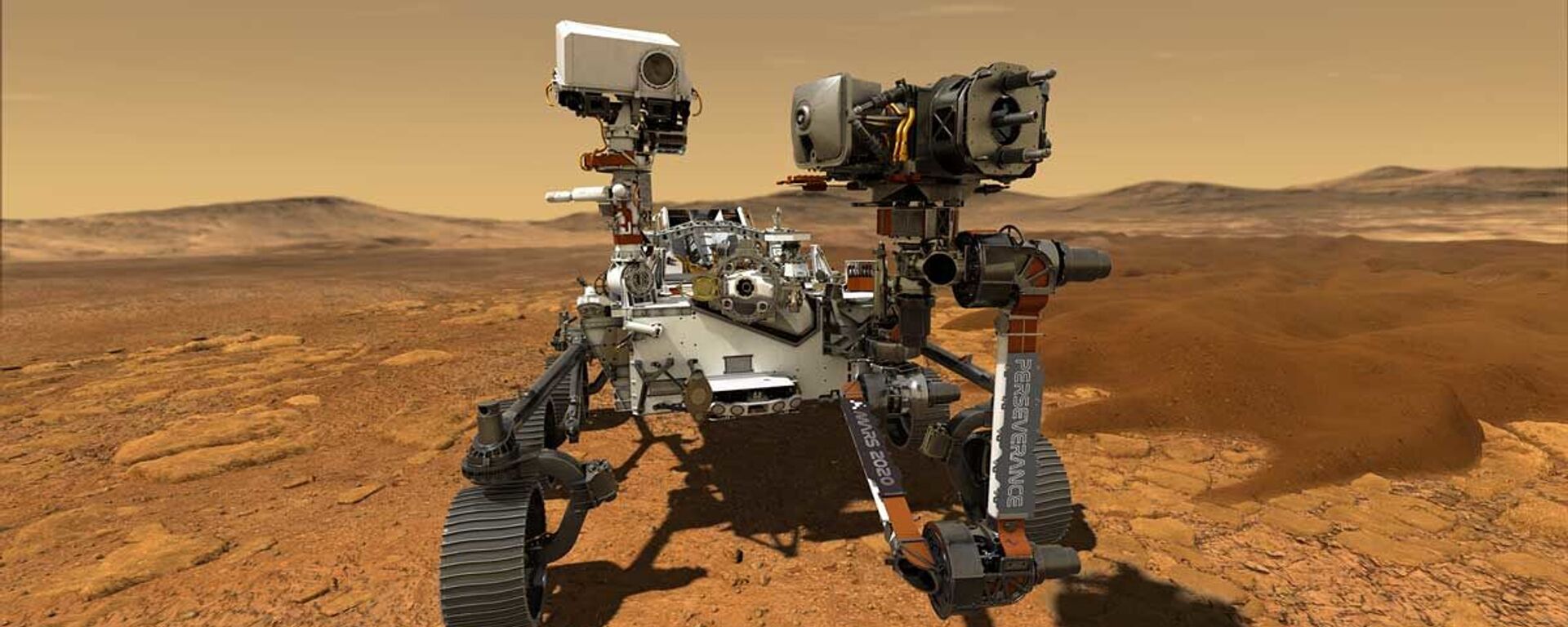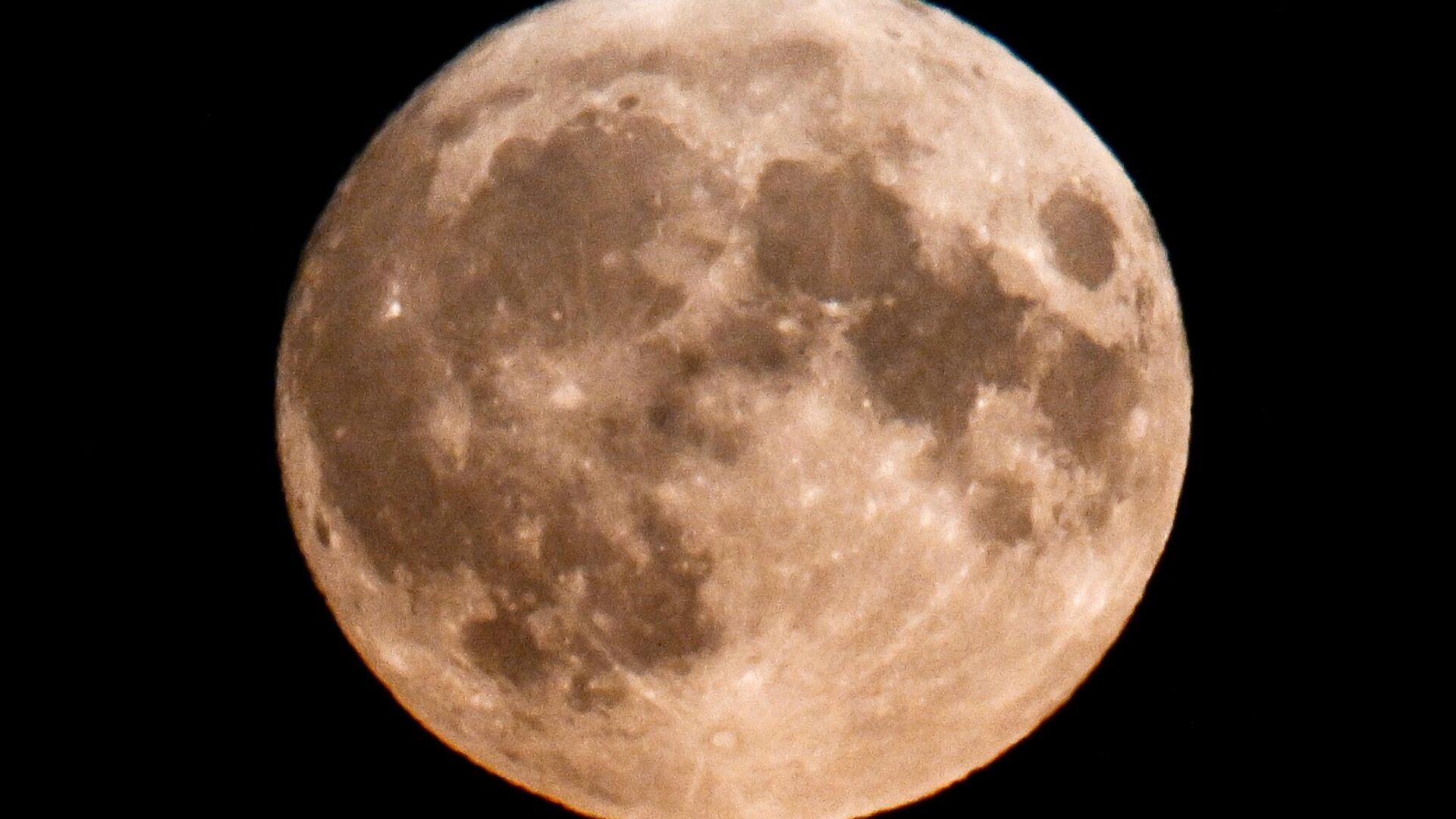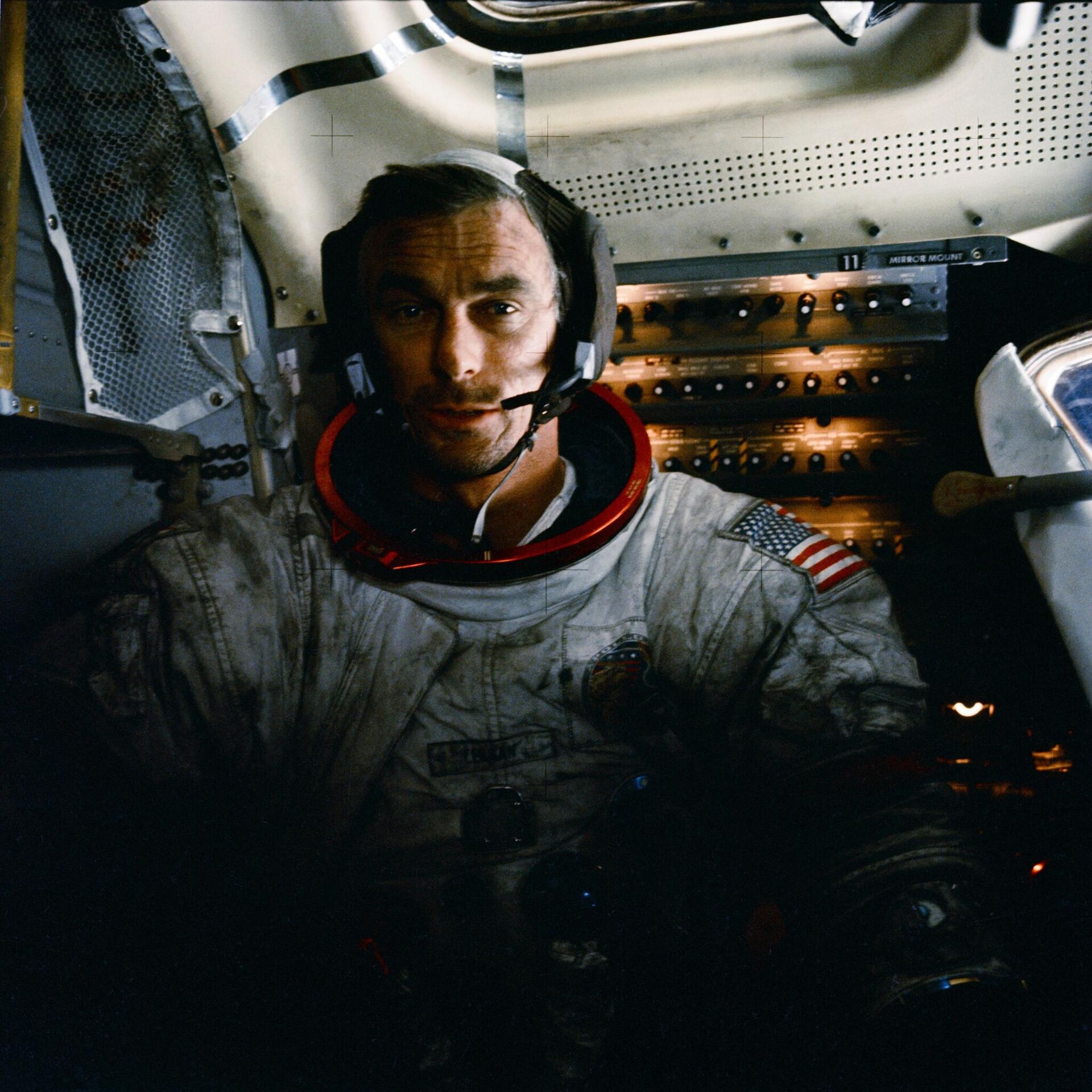https://sputnikglobe.com/20231013/sunlight-could-potentially-be-used-to-melt-moon-dust-into-roads-landing-pads---study-1114160398.html
Sunlight Could Potentially Be Used to Melt Moon Dust Into Roads, Landing Pads - Study
Sunlight Could Potentially Be Used to Melt Moon Dust Into Roads, Landing Pads - Study
Sputnik International
Scientist say that a lens could be constructed that would melt lunar dust into roads and landing pads, protecting equipment and astronauts during future missions.
2023-10-13T03:52+0000
2023-10-13T03:52+0000
2023-10-13T11:02+0000
beyond politics
science & tech
gene cernan
european space agency (esa)
nasa
earth
moon
moon mission
moon base
https://cdn1.img.sputnikglobe.com/img/07e7/08/1f/1113008688_0:109:2096:1288_1920x0_80_0_0_6e917915256ecacc04009f5969e33f5e.jpg
Scientists may be able to use sunlight to melt moon dust into roads and landing pads for future missions, a new study has detailed.Officials have determined that a 2.37-square-meter (25.5 square feet) lens could potentially be used to focus sunlight to melt moon or lunar dust into a hard substance that could be used by future missions to the moon.Lunar dust has long been considered the bane of lunar missions since the lack of an atmosphere on the moon, low gravity and the fine properties of moon dust means the dust gets everywhere, degrading space suits, clogging machinery and damaging scientific equipment. By melting the moon dust, missions would have a hard surface to land and operate. The issues with lunar dust are not theoretical. During the Apollo 17 mission, astronaut Gene Cernan snapped a picture following three moonwalks. The dust, which had already begun to eat through the astronauts’ gloves and suits, covered Cernan, making him look like a futuristic space miner.To conduct their experiment, researchers used a material called EAC-1A, which the European Space Agency developed specifically to mimic lunar soil. Officials used a 50 millimeter (mm) diameter laser to heat the dust to 1,600 degrees Celsius (2,912 degrees Fahrenheit), melting it into triangle shapes 25 mm across over an hour. The shapes, they showed, could be used to create solid surfaces that has the ability to serve as roads and landing pads.At the rate they estimate the lens could work, it would take about 100 days to create a 10 by 10 meter landing pad.While the roads and landing pads would help protect future missions, the lens itself would have no such benefit. “When you accumulate dust on the lens it will sooner or later not function any more,” said Günster. He noted that a vibrating mechanism could help mitigate that issue.While Martian dust and lunar dust have different properties, the moon is not the only place where NASA finds itself combating dust. In 2019, the Opportunity Mars Rover was declared dead after a monthslong dust storm covered its solar panels.The recent findings were published Thursday in the journal Scientific Reports.
https://sputnikglobe.com/20220915/nasa-perseverance-rover-confirms-organic-matter-in-mars-jezero-crater-soil-samples-1100827424.html
earth
Sputnik International
feedback@sputniknews.com
+74956456601
MIA „Rosiya Segodnya“
2023
News
en_EN
Sputnik International
feedback@sputniknews.com
+74956456601
MIA „Rosiya Segodnya“
Sputnik International
feedback@sputniknews.com
+74956456601
MIA „Rosiya Segodnya“
moonbase, roads on the moon, uses of lunar dust, landing pad on the moon, moonbase construction, what do we need for a moonbase, melting moon dust
moonbase, roads on the moon, uses of lunar dust, landing pad on the moon, moonbase construction, what do we need for a moonbase, melting moon dust
Sunlight Could Potentially Be Used to Melt Moon Dust Into Roads, Landing Pads - Study
03:52 GMT 13.10.2023 (Updated: 11:02 GMT 13.10.2023) While no human has stepped foot on the moon since NASA's Apollo 17 mission in 1972, several countries have since landed unmanned vehicles and deployed rovers on the lunar surface.
Scientists may be able to use sunlight to melt moon dust into roads and landing pads for future missions, a new study has detailed.
Officials have determined that a 2.37-square-meter (25.5 square feet) lens could potentially be used to focus sunlight to melt moon or lunar dust into a hard substance that could be used by future missions to the moon.
Lunar dust has long been considered the bane of lunar missions since the lack of an atmosphere on the moon, low gravity and the fine properties of moon dust means the dust gets everywhere, degrading space suits, clogging machinery and damaging scientific equipment. By melting the moon dust, missions would have a hard surface to land and operate.
The issues with lunar dust are not theoretical. During the Apollo 17 mission, astronaut Gene Cernan snapped a picture following three moonwalks. The dust, which had already begun to eat through the astronauts’ gloves and suits, covered Cernan, making him look like a futuristic space miner.
To conduct their experiment, researchers used a material called EAC-1A, which the European Space Agency developed specifically to mimic lunar soil. Officials used a 50 millimeter (mm) diameter laser to heat the dust to 1,600 degrees Celsius (2,912 degrees Fahrenheit), melting it into triangle shapes 25 mm across over an hour. The shapes, they showed, could be used to create solid surfaces that has the ability to serve as roads and landing pads.
At the rate they estimate the lens could work, it would take about 100 days to create a 10 by 10 meter landing pad.
“It sounds like forever, but think about constructions on Earth,” said professor Jens Günster, co-author of the study. “Sometimes it takes forever to get a new junction built.”
While the roads and landing pads would help protect future missions, the lens itself would have no such benefit. “When you accumulate dust on the lens it will sooner or later not function any more,” said Günster. He noted that a vibrating mechanism could help mitigate that issue.

15 September 2022, 18:00 GMT
While Martian dust and lunar dust have different properties, the moon is not the only place where NASA finds itself combating dust. In 2019, the Opportunity Mars Rover was declared dead after a monthslong dust storm covered its solar panels.
The recent findings were
published Thursday in the journal Scientific Reports.






